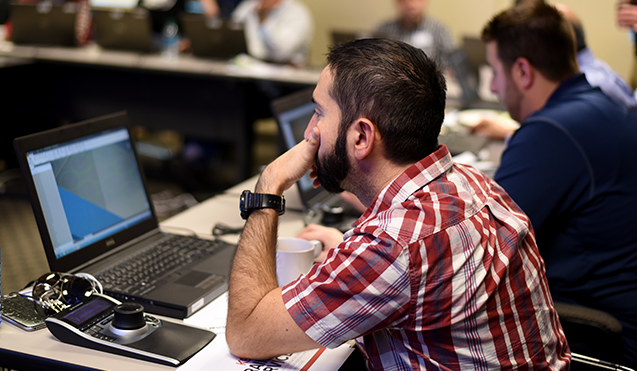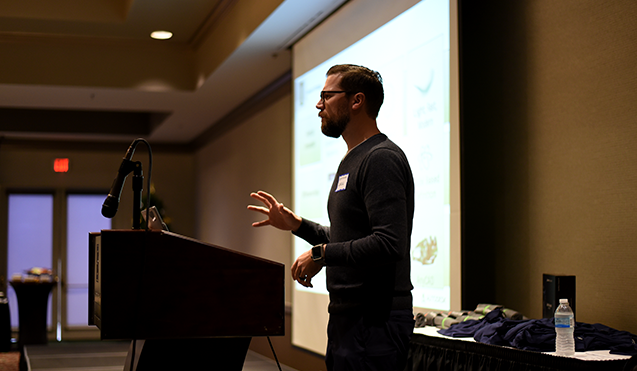KETIV and Autodesk spent the last few months preparing for an Autodesk Inventor Insider event that would give users an exclusive look at some future functionality and features planned for upcoming releases. On December 6th and 7th, the event took place, giving users the unique opportunity to give direct feedback and see what’s coming from the team in charge of the software.
Let’s take a look at the event and how users responded to this rare chance to take a glimpse into the future.
Inventor Insider took place over 2 days. Attendees received a guided tour of upcoming features in the pipeline and were asked to provide honest feedback on the direction the software is headed. It was a great chance for attendees to have their voice heard.

While we can’t yet offer details to the upcoming features, we can tell you that the main themes revolved around an updated user experience, performance enhancements, and increased collaboration capabilities. The users attending the event saw great value in what the Inventor team has been developing and are looking forward to these features improving their workflows.
In attendance from the Autodesk team was Loren Welch – Inventor Product Manager, Sanjay Ramaswamy – Inventor Product Manager, Leanne Waldal – Director of User Research, Kyle Gilham – Test Engineer, Michael Schmidt – Senior Software Engineer, Andrew Faix – Principal Experience Designer, Chris Mitchell – SQA Engineer, and Bill Bogan – Principal Learning Content Designer.

During the event, Loren Welch and the team introduced the users to the Autodesk Beta Program, the way in which users access things like surveys and bug-reports during their test drive of the new software. Users were encouraged to try out their own data sets and provide feedback on functionality and performance with their data. If you’re not already a member of the Inventor Beta Program, you can apply using this one-time sign-up link: https://bit.ly/InventorBeta.
The Beta Program is not the only way you can provide feedback to the product team. The Inventor IdeaStation (Inventor Ideas) is a great resource to share your ideas for future product features and improvements as well as collaborate on existing suggestions with your peers. Submitting ideas is simple, and you can help push other ideas with a “Vote Up”. Once an idea gains enough traction, the Inventor team reviews it for possible implementation in a future release. Over the three Inventor 2017 releases (RTM, 2017 R2, and 2017.3) nearly 100 Ideas originating from the community have been implemented into the software.
Many users left knowing that Autodesk is still heavily investing into the future of Inventor. Watch this quick video of two attendees who share some of their thoughts about the experience.
If you missed out on the event, there’s still time to participate. The Inventor Beta Program is always open to new users who want to give feedback and influence the future of Autodesk Inventor.
To keep up with the latest updates on new Autodesk releases and capabilities, sign up for Autodesk Virtual Academy – a set of ongoing free weekly trainings frequently hosted by Autodesk team members. This is your chance to never stop learning.
